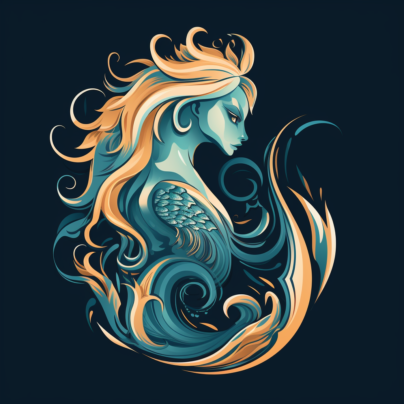The Last Universe
The beginning of the universe was marked by a cataclysmic event known as the Great Collision — a sudden eruption from the long-held tension between positive and negative energy. This explosive meeting gave rise to all matter and energy that has ever existed and will ever exist. From this chaos, the fabric of space and time was born.
As the universe cooled, the first sparks of consciousness awakened. These sparks became the gods, personifications of cosmic principles, embodiments of nature’s forces, and the architects of life. They forged galaxies, breathed stars into being, and created celestial guardians to roam the worlds: dragons, phoenixes, and titanic beasts imbued with divine flame.
They nurtured the universe, cultivating realms of harmony, light, and law.
But not all of them were builders.
From the cold stillness between the first pulses of creation, a darker presence emerged — Nihros, Goddess of Chaos, Destruction, and the Void.
Where the others created, Nihros unraveled. She was not born of malice, but from the necessary counterforce — chaos to their order, void to their fullness, destruction to their growth. She was the storm before structure, the silence after collapse, the hunger beneath existence.
At first, the gods accepted her. All cycles required endings. Her presence brought balance — decay that gave way to renewal, endings that opened doors to beginnings. But as creation surged endlessly forward, Nihros became more than a balance. She became a threat.
She no longer unmade to allow rebirth. She sought to return everything to the primordial void. She craved stillness, not silence — a universe unwritten, not concluded.
Nihros rose against the gods. Stars imploded in her wake. Entire planes collapsed into pure chaos. Galaxies wept as their light was swallowed by the black spiral of her will. Her chaos fractured divine harmony — not merely undoing, but corrupting, consuming, perverting.
The gods fought, but they were not enough.
Realizing she could not be destroyed — only delayed — the gods of all pantheons united in a final act. They sealed Nihros in a prison outside of space and time, woven from their own essences. Her name became unspoken. Her chaos was folded in upon itself, locked in a realm of absolute negation.
But this was no victory.
The cost of the seal was the end of the gods themselves. One by one, they vanished into the weave, becoming the bonds, the runes, the boundaries that held Nihros silent in her abyssal cocoon.
As the gods fell, so too did the stars.
And when the last star remained, the final beings of the universe — what lingered of thought, memory, and will — gathered in silence. They held the Final Celebration, not of despair, but reverence. Together, they watched the dying light of the final sun.
And just before it faded, they saw something — a flicker within its heart.
Not fire, not light — a spark.
A single breath of possibility.
It was the seed of something new, born in the shadow of ending. The whisper of a next beginning. Not yet a universe — but the idea of one.
And as the star sighed into darkness, the universe did not scream. It closed its eyes.
In the silence that followed, Ananke — the force of inevitability — endured. Not as victor, but as truth.
The gods were gone.
The stars were dead.
But Nihros remained, locked in silence, her chaos dreaming.
And in the next universe, from that sealed dream, the first darkness would form — the Abyss, deep and infinite, the echo of her slumber. Not as punishment, but as foundation. For no new creation can stand without a shadow.
And so the cycle continued.
From the spark: light.
From the void: shape.
From the Abyss: the first gods of the next world would rise — not to stop her, but to understand her.

 Buy me a coffee
Buy me a coffee